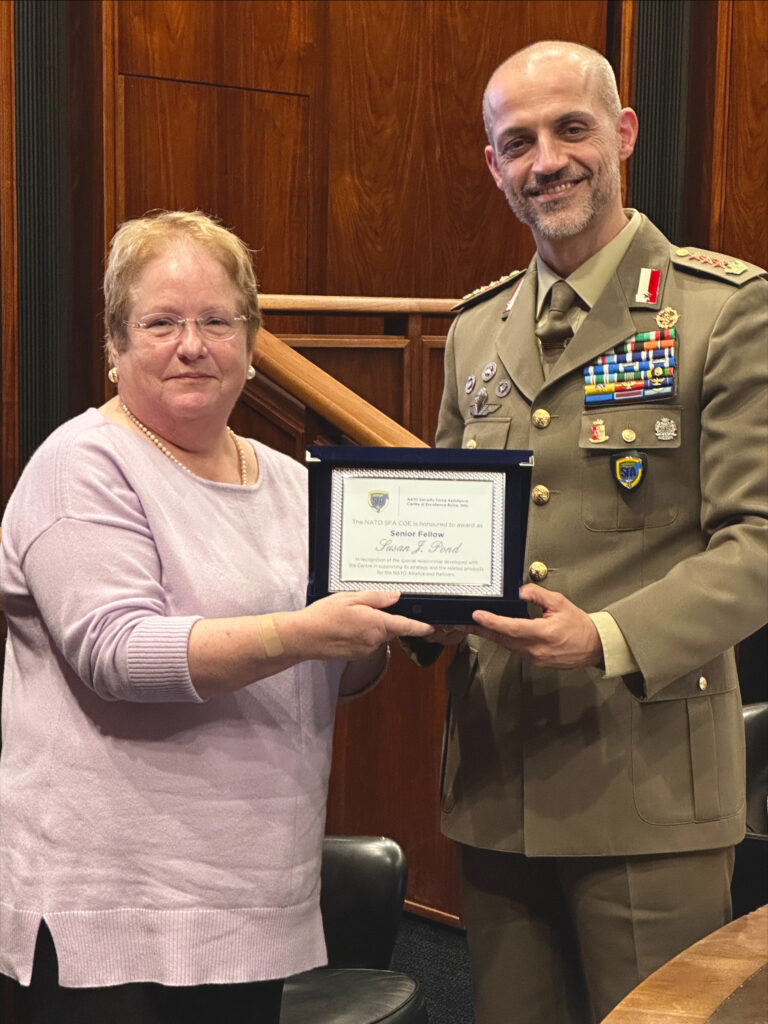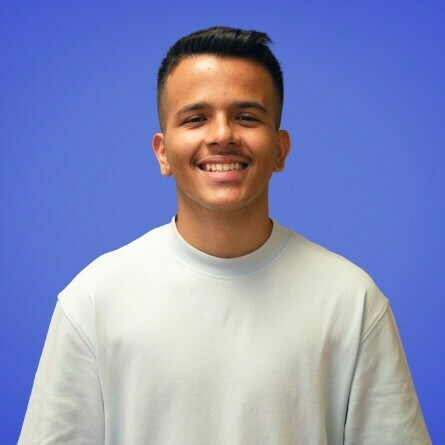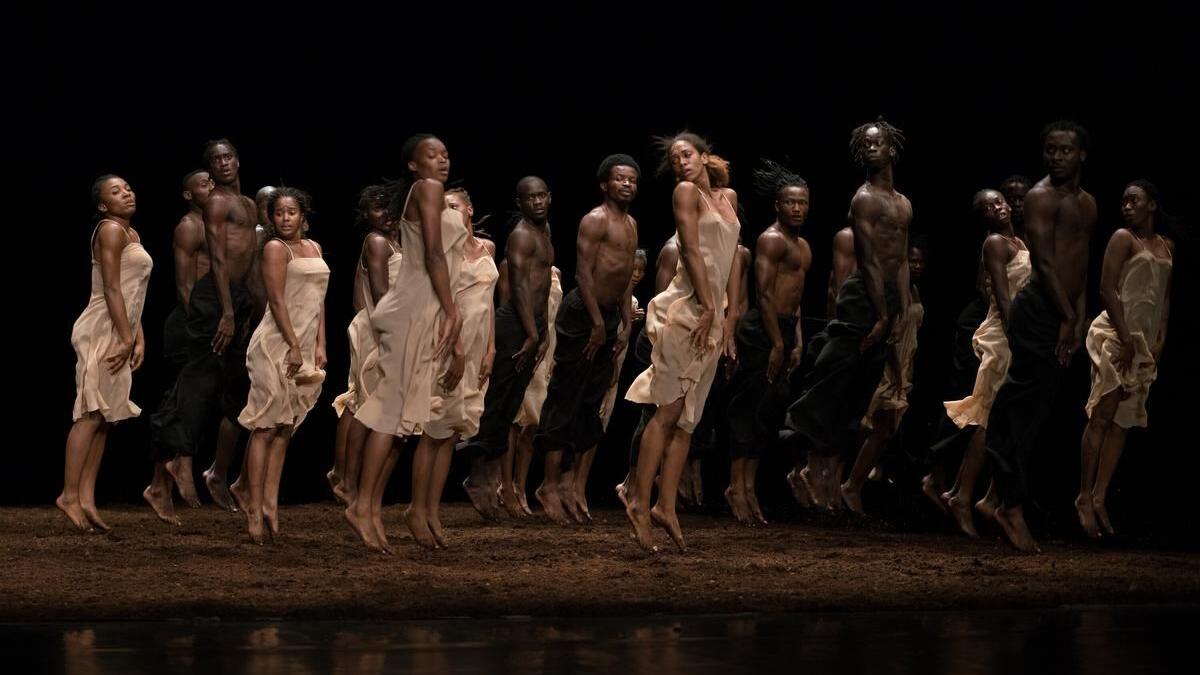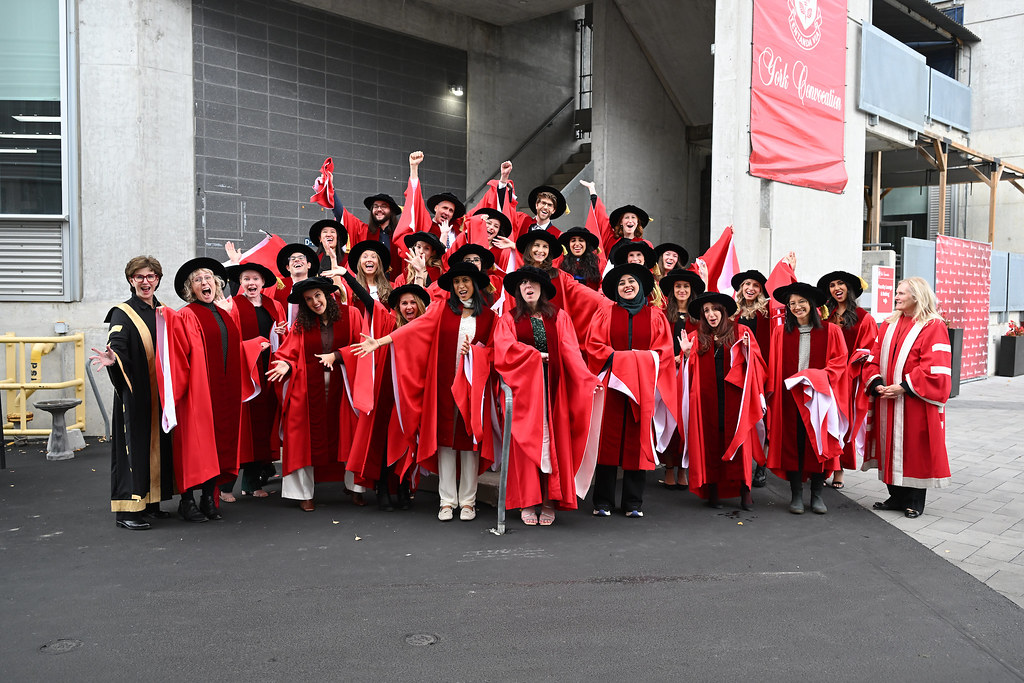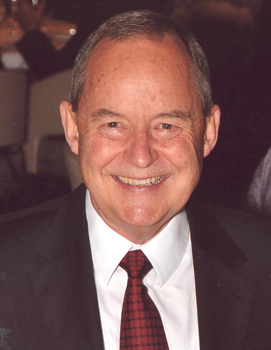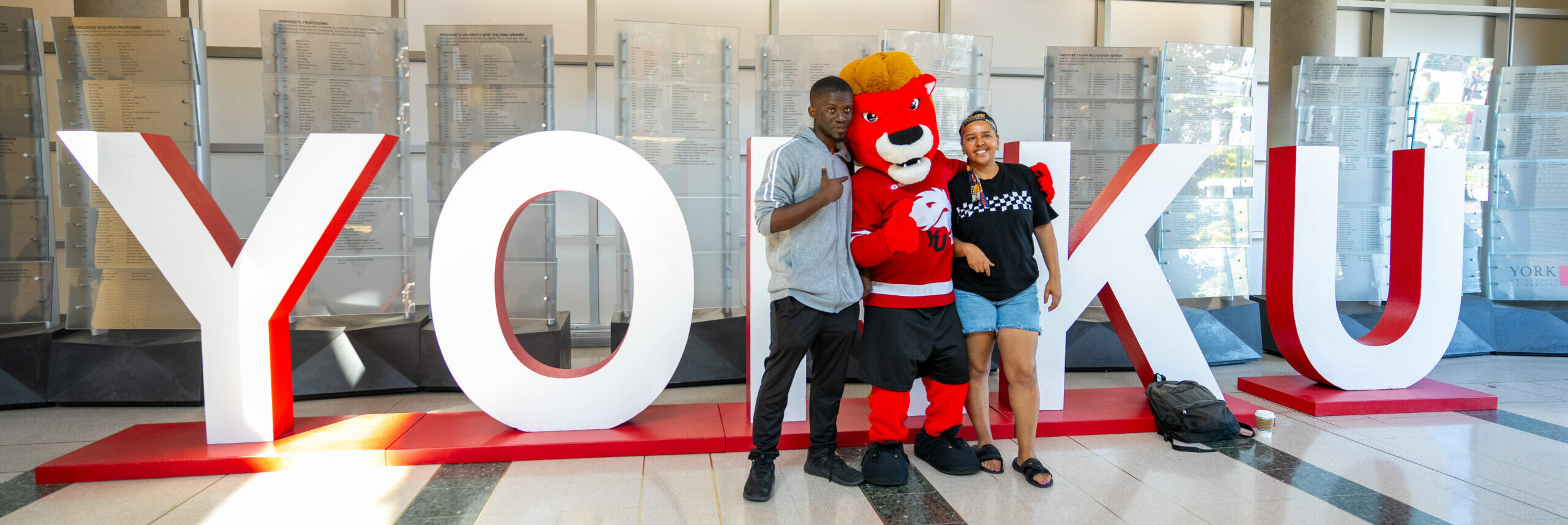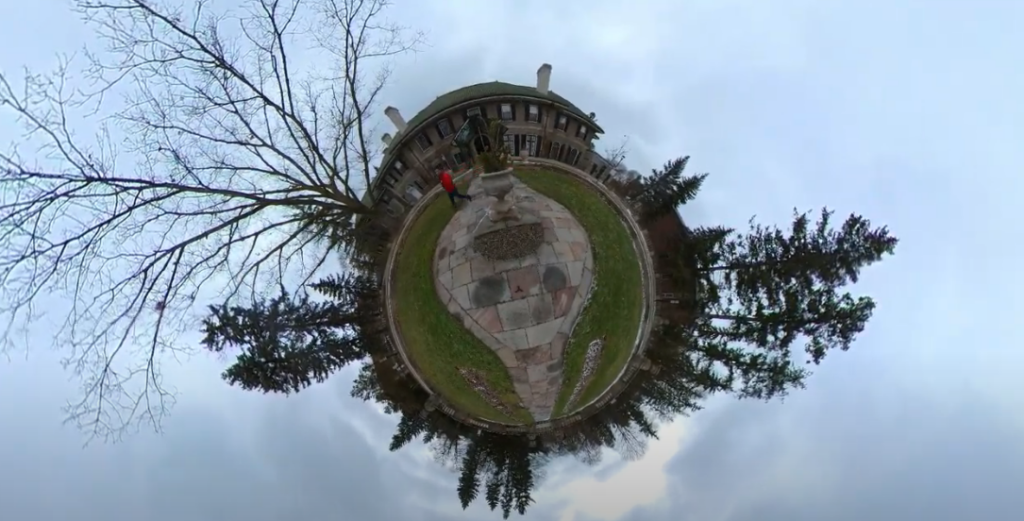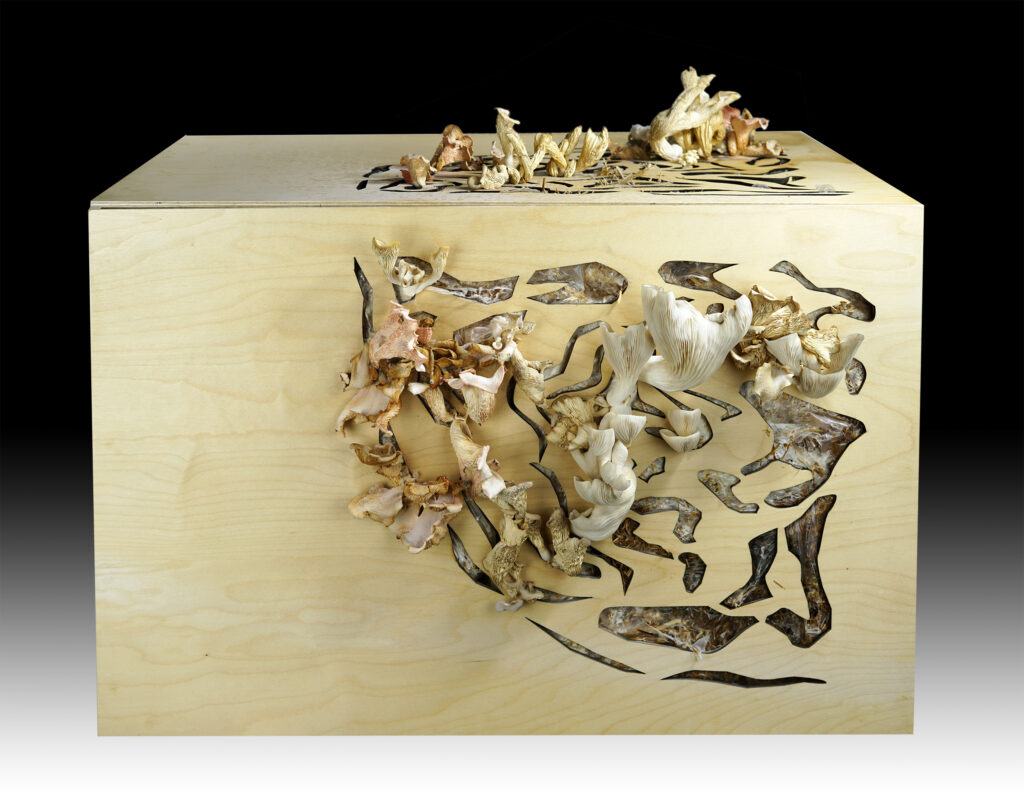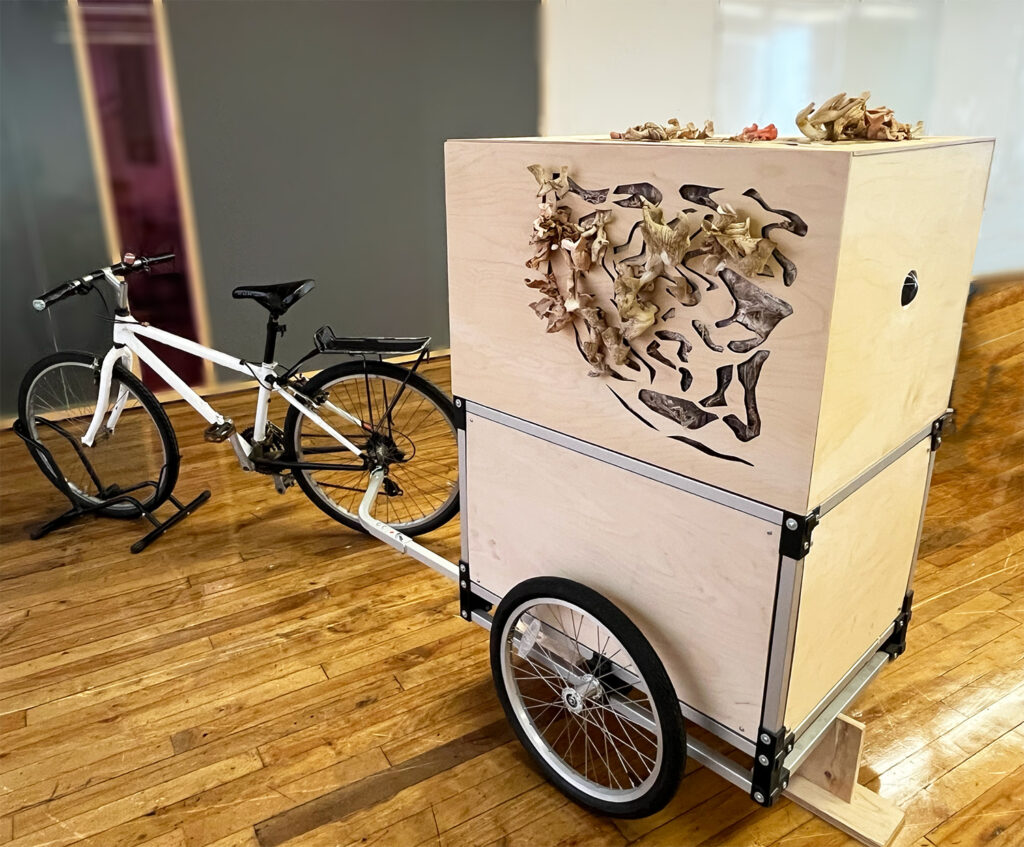La version française suit la version anglaise.
A panel of experts will debate how to best prepare for the profound changes that lie ahead in the North in a discussion on Nov. 29 organized by York University’s Glendon College.
The Glendon Global Debates return this month to examine the impact of global warming on the economic and social life of the people who call the Arctic home and for all those to the south.
The Arctic is warming faster than the global average, making the prospect of ice-free Arctic waterways open to commercial traffic a possibility in the near future. Such an ice-free east-west passage would establish the shortest route for the transfer of goods between the Atlantic and Pacific oceans. These changes are being monitored closely by nations far from the Arctic; for example, China has declared itself to be a near-Arctic state.
Aleqa Hammond, former prime minister of Greenland and a panellist at the upcoming event, contends that “Russia and China are already eyeing the Arctic and the region risks becoming the new frontline for confrontation between great powers.” The Canadian Security Intelligence Service has warned Inuit leaders that foreign states could gain a foothold by offering to fill infrastructure gaps in the North.
Canada shares the arctic space with a number of other countries including Denmark, Greenland, Iceland, Finland, Norway, Sweden, Russia and the U.S. Nearly 40 per cent of Canada’s land mass is considered Arctic and northern. Canada and Russia claim ownership of three-quarters of the coastline, and this represents more than 70 per cent of Canada’s coastline.
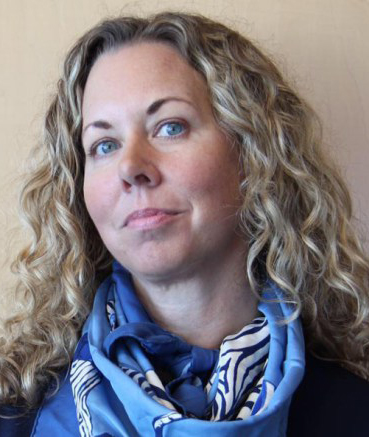
Recently named the inaugural Fulbright Chair in Arctic Studies at Dartmouth College (U.S.), Professor Gabrielle Slowey now teaches courses in Canadian, Indigenous and Arctic politics at York University. Her research investigates the intersection between Indigenous people, governance, resource extraction and the environment.
“There has to be a human dimension to Arctic security; people have to be part of the process, discussion and solution,” said Slowey, who will bring her unique perspective to the conversation.
The development of safe Arctic transportation routes also opens the possibility for increased economic development, including resource extraction. These activities will have a profound impact on the economic and social life of the people who call the Arctic home, as well as those far beyond.
Professor Kari Roberts from Mount Royal University has made the study of Russia-West relations her life’s work and has spent many years studying Russia’s interests in the Arctic and what this means for Canada and NATO.
“It is rarely in the interest of any state to disrupt geopolitical order,” said Roberts, who will join Hammond and Slowey on the panel. “And it is even less advantageous for Arctic states, including Russia, to further undermine the historically peaceful and co-operative relationships in the region, which are now being tested in the current geopolitical moment.”
Countries like Canada and Greenland have stated that the Arctic is central to their national identity, prosperity, security, values and interests. This conversation, hosted by the Glendon Global Debates, will explore what concrete actions should underpin these statements.
Moderated by Susan Pond, director of the Glendon School of Public & International Affairs, this hybrid event will explore opportunities and possible threats afforded by a warming Arctic region.
Join the event on Nov. 29, alongside distinguished guests, and become a part of this crucial conversation.
Register here: eventbrite.ca/e/arctic-security-are-we-ready-for-the-future-tickets-754666205937?aff=oddtdtcreator.
For those wishing to join virtually, the debate will also be livestreamed. A link to the event will be shared with all registered participants via email a few hours prior to the event.
The debate will be conducted in English. We invite the audience to ask questions in either French or English.
Le Collège Glendon mène la conversation sur l’avenir de la sécurité dans l’Arctique
Un panel d’experts débattront la meilleure façon de se préparer aux profonds changements qui s’annoncent dans le Nord lors d’une discussion organisée le 29 novembre par le Collège Glendon de l’Université York.
Alors que la région risque de devenir le nouveau front de confrontation entre les puissances mondiales, les Débats internationaux de Glendon sont de retour pour examiner l’impact sur la vie économique et sociale des habitants de l’Arctique et de tous ceux au sud.
L’Arctique se réchauffe à un rythme plus rapide que la moyenne mondiale, offrant ainsi la perspective de voies maritimes arctiques sans glace qui pourraient bientôt être utilisées pour la navigation commerciale. Un passage est-ouest sans glace établirait la route la plus courte pour le transfert de marchandises entre les océans Atlantique et Pacifique. Ces changements sont surveillés de près par des nations éloignées de l’Arctique. Par exemple, la Chine s’est déclarée un État proche de l’Arctique.
Aleqa Hammond, ancienne Première ministre du Groenland et panéliste invitée, affirme que « la Russie et la Chine surveillent déjà l’Arctique et que la région risque de devenir le nouveau front de confrontation entre les puissances mondiales ». Le Service canadien du renseignement de sécurité (SCRS) a d’ailleurs déjà averti les leaders Inuits que des États étrangers pourraient prendre pied en comblant les lacunes en matière d’infrastructures dans le Nord.
Le Canada partage l’arctique avec plusieurs autres pays, dont le Danemark, le Groenland, l’Islande, la Finlande, la Norvège, la Suède, la Russie et les États-Unis. Près de 40% de la géographie du Canada est considérée comme arctique et nordique. Le Canada et la Russie revendiquent la propriété des trois quarts du littoral, ce qui représente plus de 70% du littoral canadien.
Récemment nommée Chaire Fulbright inaugurale en études arctiques au Dartmouth College (États-Unis), la professeure Gabrielle Slowey enseigne maintenant des cours en politique canadienne, autochtone et arctique à l’Université York. Ses recherches examinent l’intersection entre les peuples autochtones, la gouvernance, l’extraction de ressources et l’environnement.
« Il doit y avoir une dimension humaine à la sécurité arctique : les gens doivent faire partie du processus, de la discussion et de la solution », a déclaré Slowey, qui apportera également sa perspective unique à la conversation.
Le développement de routes de transport arctiques sûres ouvre également la possibilité d’un développement économique accru, y compris l’extraction de ressources. Ces activités auront un impact profond sur la vie économique et sociale des habitants de l’Arctique, ainsi que de ceux bien au-delà.
La professeure Kari Roberts de l’Université Mount Royal a fait de l’étude des relations entre la Russie et l’Occident le travail de sa vie et a passé de nombreuses années à étudier les intérêts de la Russie dans l’Arctique et ce que cela signifie pour le Canada et l’OTAN.
« Il est rarement dans l’intérêt de tout État de perturber l’ordre géopolitique. Et il est encore moins avantageux pour les États arctiques, y compris la Russie, de compromettre davantage les relations historiquement pacifiques et coopératives dans la région, qui sont actuellement mises à l’épreuve dans le contexte géopolitique actuel », a déclaré Roberts, qui rejoindra Hammond et Slowey sur le panel.
Des pays comme le Canada et le Groenland ont affirmé que l’Arctique est au cœur de leur identité nationale, de leur prospérité, de leur sécurité, de leurs valeurs et de leurs intérêts. Cette conversation, organisée par les Débats internationaux de Glendon, explorera les actions concrètes qui devraient sous-tendre ces déclarations.
Modérée par Susan Pond, directrice de l’École des affaires publiques et internationales de Glendon, cet événement hybride explorera les opportunités et les menaces possibles liées au réchauffement de la région arctique.
Joignez-vous à nos distinguées invitées et à la conversation le 29 novembre.
Inscrivez-vous ici : eventbrite.ca/e/arctic-security-are-we-ready-for-the-future-tickets-754666205937?aff=oddtdtcreator.
Pour ceux qui souhaitent participer virtuellement, le débat sera également retransmis en direct. Un lien vers l’événement sera communiqué à tous les participants inscrits par courriel quelques heures avant l’événement.
Le débat se déroulera en anglais. Nous invitons le public à poser des questions en français ou en anglais.




